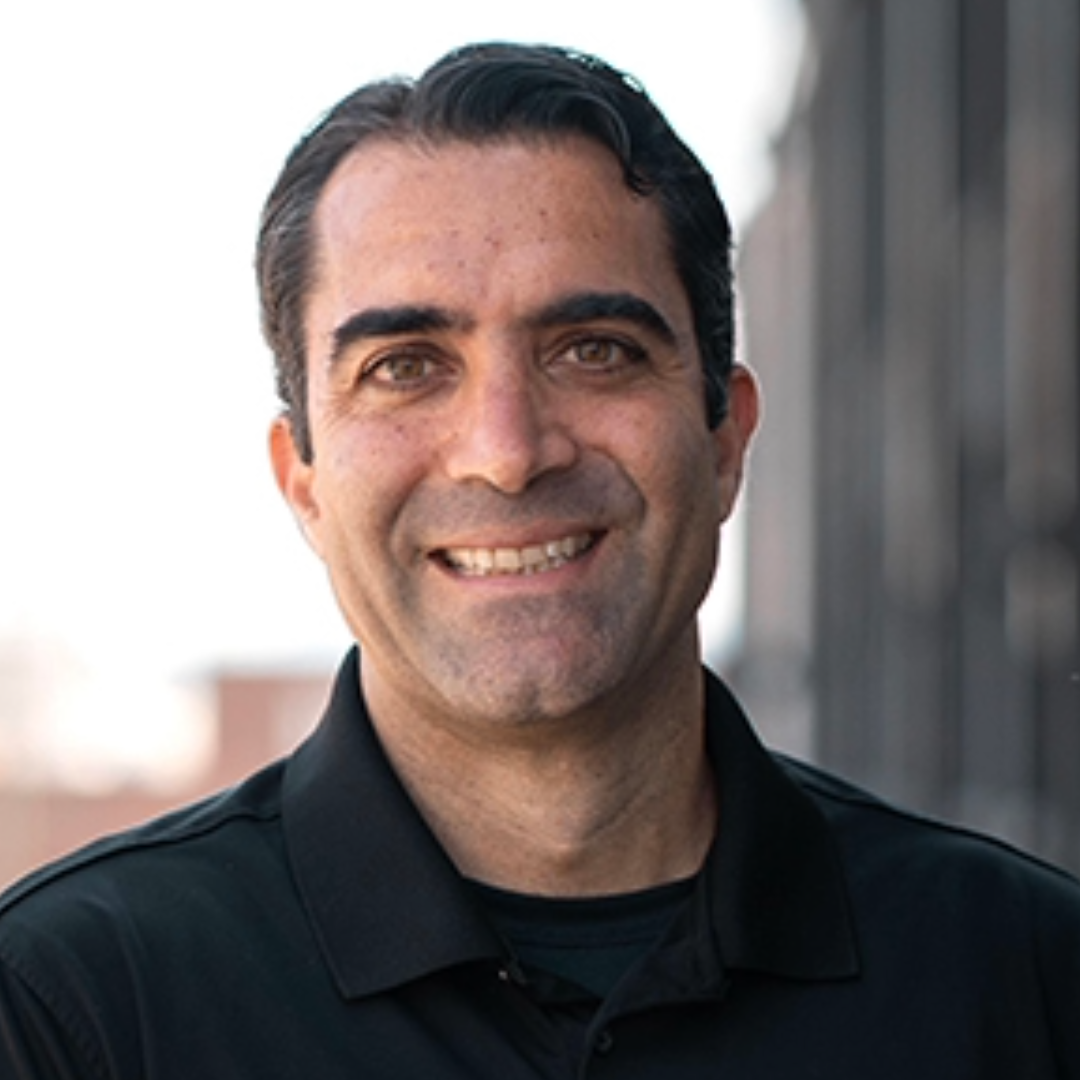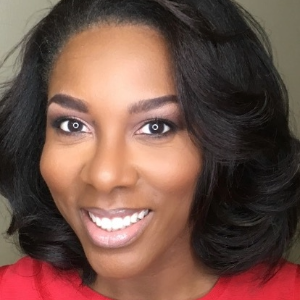 Michael Mugavero, M.D.The Heersink School of Medicine Office of Research has unveiled a research focus area, Health Across the Lifecourse (HEAL). This focus area was developed to learn how different aspects over the course of a person’s life, such as their environment and background, can affect their access to healthcare and health outcomes. HEAL aims to use collaboration to connect research, practice, and policy.
Michael Mugavero, M.D.The Heersink School of Medicine Office of Research has unveiled a research focus area, Health Across the Lifecourse (HEAL). This focus area was developed to learn how different aspects over the course of a person’s life, such as their environment and background, can affect their access to healthcare and health outcomes. HEAL aims to use collaboration to connect research, practice, and policy.
“HEAL is centered on the understanding that health is shaped not just by genetics, but also by the many experiences, exposures, and systems that influence individuals throughout their lives,” said Shyla K. Fields, MBA, director of HEAL. “The core goals of HEAL are to advance scientific knowledge about the multiple levels and mechanisms that drive health outcomes, to improve the methods and tools used in this research, and to develop and implement interventions that address root causes of health differences.”
 Shyla K. Fields, MBAAccording to Michael Mugavero, M.D., professor in the Department of Medicine and lead of HEAL, the goal of the focus area is to improve access to healthcare and health outcomes by recognizing the experiences that shape a patient’s health throughout their life.
Shyla K. Fields, MBAAccording to Michael Mugavero, M.D., professor in the Department of Medicine and lead of HEAL, the goal of the focus area is to improve access to healthcare and health outcomes by recognizing the experiences that shape a patient’s health throughout their life.
“Alabama experiences some of the highest rates of chronic disease, early mortality, and limited access to essential care, particularly in areas with geographic or economic barriers,” said Mugavero. “Without focused, data-driven research, these challenges will continue to strain the healthcare system and slow our economic progress. HEAL research supports health improvement across the lifecourse by developing real-world solutions that enhance health outcomes for individuals and populations.”
As a part of the rollout process, HEAL convened the Collaborative Health Council (CHEC), which unites experts from across departments and schools who have experience in a wide variety of fields, such as women's health across the lifespan, global and rural health, chronic diseases, and health systems. Launched in 2023, the CHEC was intentionally designed with evolving membership to reflect emerging needs and to remain welcoming and representative of the broad range of HEAL research conducted at UAB. The CHEC will serve as an ambassador of HEAL, which will allow it to remain visible, relevant, and connected to ongoing academic and community conversations.
 To support the focus area’s vision for community partnerships, HEAL established the Community Engagement Council (CEC), a group of UAB stakeholders across numerous departments, centers, and institutes within the Heersink and across campus. The CEC aims to assemble individuals already heavily involved in community-facing work to forge new collaborations across campus, while also strengthening the relationships already formed.
To support the focus area’s vision for community partnerships, HEAL established the Community Engagement Council (CEC), a group of UAB stakeholders across numerous departments, centers, and institutes within the Heersink and across campus. The CEC aims to assemble individuals already heavily involved in community-facing work to forge new collaborations across campus, while also strengthening the relationships already formed.
The Heersink communications team met with Mugavero and Fields to gain insights into HEAL and the impact this research will have on the state of Alabama and beyond.
What are the core goals and guiding principles of HEAL, and why is HEAL so important?
FIELDS: HEAL is important because it prioritizes action. It seeks to move beyond simply identifying issues of health care access and instead focuses on implementing solutions that help people achieve their full health potential.
MUGAVERO: From infancy to older age, studying how our genetic makeup in the context of our individual behaviors, interactions with others, access and engagement with healthcare systems, and exposure to the social, economic, and physical environments around us shape our health outcomes. HEAL recognizes the critical importance of developing programs and interventions responsive to our cumulative experiences across these multiple levels of influence if we are to meaningfully support people and populations in achieving their full health potential.
What does this focus area mean for research? How does HEAL align with the broader goals of the Heersink School of Medicine and UAB’s mission?
MUGAVERO: It provides a platform and opportunity to engage people from across our 27 departments. The comprehensive framing of HEAL “calls in” faculty, staff, and trainees who are conducting research from the bench out to communities, and ranging from infants to geriatric populations, as all of this expertise will be essential in achieving our ambitious goals.
FIELDS: This approach is closely aligned with the goals of the Heersink School of Medicine by emphasizing collaboration, innovation, and a strong commitment to advancing impactful research. It also advances UAB’s mission by supporting community-responsive research that addresses Alabama’s most pressing health challenges and creates opportunities for lasting change.
What kinds of health issues will HEAL research address?
MUGAVERO: The framework broadly encompasses the vast research conducted across the school, with particular emphasis on chronic diseases and health systems, global health, rural health, and women’s health across the lifespan.
FIELDS: It also includes cross-cutting research that complements and collaborates with other designated Heersink focus areas: Brain Health, I-4ward, and D-TECH. HEAL’s approach is built to ensure that research remains responsive, relevant, and timely, with a strong emphasis on translating science into real-world improvements in health outcomes and healthcare delivery.
What methods and programs are being used to achieve the goals of HEAL?
FIELDS: HEAL incorporates a range of rigorous research methods, including genomic medicine, epidemiological studies, clinical and behavioral trials, mixed methods research, implementation science, and dissemination science. These approaches are designed to capture the complexity of health across the lifecourse and support the development of interventions that are practical, effective, and scalable. The initiative also draws on health services and outcomes research to understand how systems impact health and how they can be improved.
MUGAVERO: The ultimate goal of these efforts is to determine how to deliver the right intervention, to the right population, at the right time so that everyone can achieve their full health potential across their lifetime.
How will success be measured for HEAL, and what outcomes are you hoping to see in the next few years?
MUGAVERO: The ultimate success of HEAL will be measured by our ability to meaningfully improve one or more population health outcome indicators in our state and around the nation. In the short term, success will be measured by the number and achievements of new collaborative teams conducting research projects, publishing manuscripts, and competing for grants that were catalyzed by the HEAL and incorporate the overarching framework.
FIELDS: Over the next few years, we aim to see more balanced and fair health outcomes across priority populations, stronger integration of community perspectives in research and implementation, and meaningful policy and system-level changes that expand access to preventive care and support innovative delivery models. Additionally, we anticipate the development of robust data systems for tracking progress and fostering accountability, ultimately creating a foundation for continuous improvement in health access initiatives.
What excites you most about the potential of HEAL to transform health outcomes?
FIELDS: What excites me most is the potential for HEAL to shift how we understand and act on health. It provides a space to bridge rigorous science with the lived experiences of individuals and communities. HEAL creates the opportunity for us to work across disciplines, partner with communities in new ways, and develop solutions that are not only evidence-based but also focused on broad impact. It represents a chance to truly transform how we do research and how that research translates into better outcomes for people.
MUGAVERO: What I’ve found most exciting and encouraging about HEAL is the initial response we’ve received so far. The overwhelming majority of faculty, staff, and trainees who have seen an overview of HEAL have seen where and how their research “fits” within this framework and focus area.